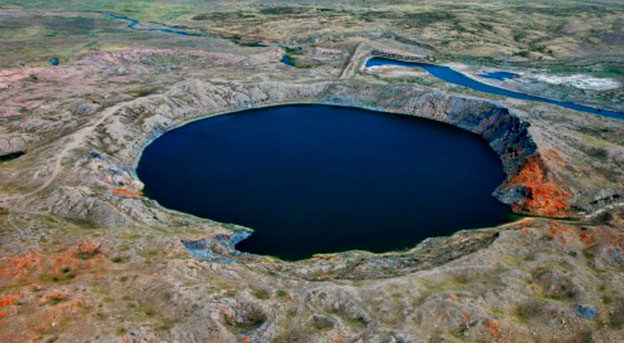- Evaluation of the impact of the “Atomic Lake” and artificial water reservoir conditions on the ecosystem in the region.
- Development of suggestions to use the “Atomic Lake” for scientific and economic purpose.
ISTC project on comprehensive radioecological research in the vicinity of the “Atomic Lake”
06.04.2018

On April 1 a second ISTC project “Assessment of ecological risk after excavation nuclear tests: “Chagan” underground nuclear test conducted at Semipalatinsk Test Site, the Republic of Kazakhstan, a case study” started.
As a reminder Semipalatinsk Test Site (STS) was one of the largest test sites for testing nuclear weapons across the globe. Nuclear tests were conducted between 1949 and 1989 in the STS territory. It should be noted that the greatest contribution to radioactive contamination of the test site area has been made by aboveground and excavation explosions compared to high-altitude ones.
The objectives of this Project are:







